Unveiling the Secrets of Songshan Temple Pagodas: A Must-Visit in China
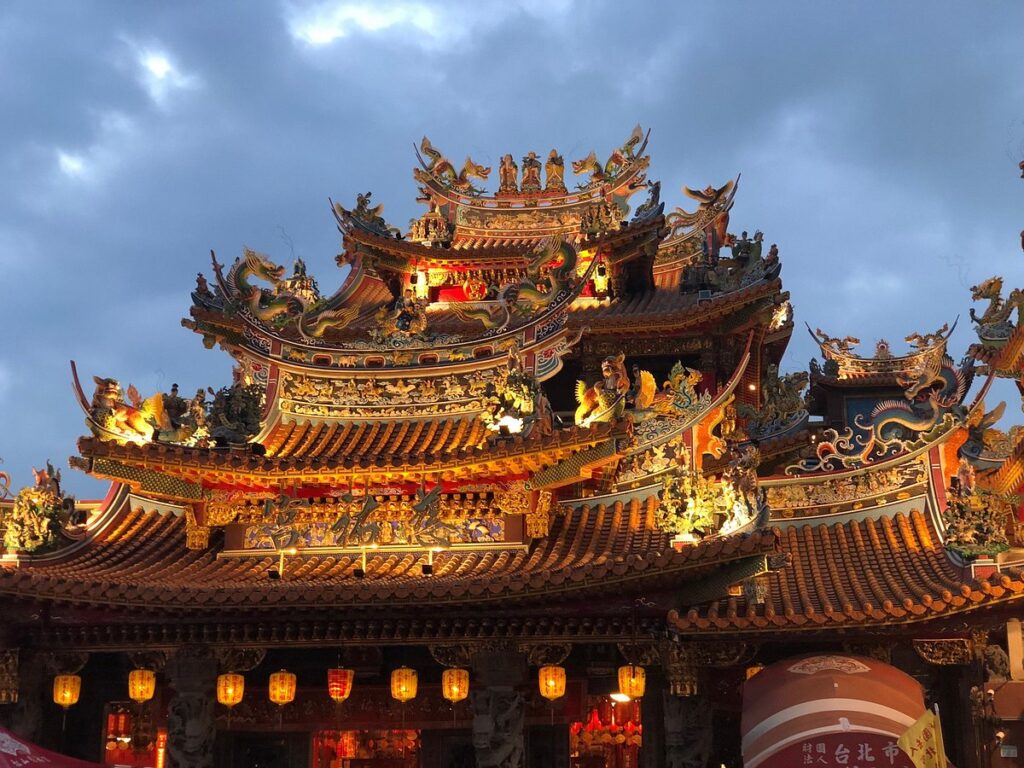
An Essential Guide to Visiting Songshan Temple Pagodas
In This Guide
- An Essential Guide to Visiting Songshan Temple Pagodas
- The Rich History and Legends of Songshan Temple Pagodas
- Main Highlights: What You Absolutely Can’t Miss
- Planning Your Visit: A Practical Guide
- Tickets: Prices, Booking, and Tips
- How to Get There: A Complete Transportation Guide
- Local Cuisine and Accommodation Nearby
- Frequently Asked Questions
- Final Thoughts on Your Trip
Visiting the Songshan Temple Pagodas offers an extraordinary glimpse into the rich tapestry of Chinese history and spirituality, nestled in the serene foothills of the Songshan Mountain range. This remarkable collection of temples, including the famed Shaolin Temple, the ancestral halls of the First Patriarch, and the towering pagodas of Songyue Temple, beckons both history enthusiasts and spiritual seekers alike.
As you wander through these sacred grounds, you will encounter not only architectural marvels but also the vibrant cultural practices that define the essence of Chinese heritage. The intricate carvings, ornate decorations, and the gentle fragrance of incense create an atmosphere that is both reverent and inviting. Here, the echoes of ancient Buddhist chants and the flickering lights of lanterns transport visitors back in time, allowing them to connect with traditions that have endured for centuries.
Highlights of the Songshan Temple Pagodas
-
Shaolin Temple: Renowned as the birthplace of Zen Buddhism and martial arts, this temple is a must-visit for those interested in the legendary Shaolin monks and their unparalleled fighting techniques.
-
Songyue Pagoda: Standing as one of the oldest brick pagodas in China, its striking architecture is a testament to the ingenuity of ancient builders and offers breathtaking views of the surrounding landscape.
-
First Patriarch Ancestral Hall: A tranquil site dedicated to the founder of Zen Buddhism, this hall serves as a place for meditation and reflection, inviting visitors to immerse themselves in the spiritual heritage of the region.
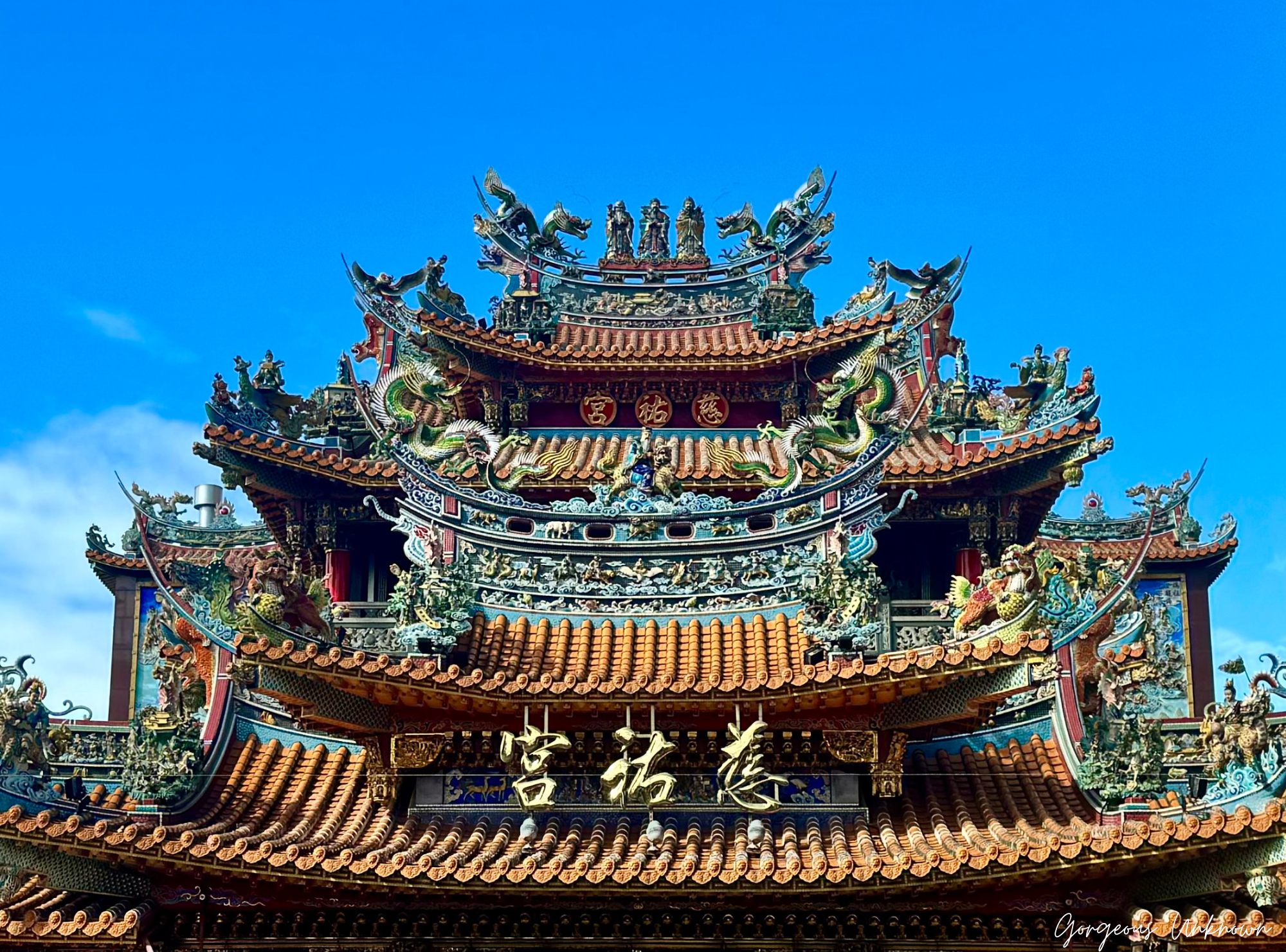
Songshan Temple Pagodas.
Practical Tips for Your Visit
-
Timing is Key: To experience the temples in their full glory, visit in the early morning or late afternoon when the light enhances the beauty of the structures.
-
Dress Respectfully: As these are active places of worship, wearing modest clothing is advisable.
-
Explore Nearby Markets: Don’t miss the chance to indulge in local delicacies at nearby markets, especially after a spiritual journey through the temples.
-
Photography: Capture the stunning architecture and vibrant cultural activities, but be mindful of worshippers and respect the sanctity of the space.
Whether you are drawn by the allure of martial arts, the serenity of Buddhist practices, or the architectural wonders that these pagodas represent, a visit to the Songshan Temple Pagodas is sure to enrich your understanding of Chinese culture and history.

Songshan Temple Pagodas.
The Rich History and Legends of Songshan Temple Pagodas
Unveiling the History and Legends of Songshan Temple Pagodas
Nestled in the picturesque Songshan area of China, the Songshan Temple Pagodas, which include notable sites such as the Chuzuan An, Songyue Temple, and the Shaolin Temple Pagoda Forest, stand as venerable testaments to the rich tapestry of Chinese history and culture. These pagodas are not merely religious structures; they are gateways to a world brimming with legends, devotion, and artistry.
Historical Significance
-
Cultural Heritage: The Songshan Temple Pagodas date back to the Tang and Song dynasties, showcasing a blend of architectural styles that reflect the spiritual and cultural evolution of the region. Each structure is imbued with stories that have been passed down through generations, making them landmarks of historical significance.
-
Shaolin Temple: Perhaps the most famous of the pagodas is the Shaolin Temple, renowned as the birthplace of Chinese martial arts. Founded in the 5th century, the temple has been a center for Chan Buddhism and martial arts practices for centuries, attracting monks and martial artists alike. The legends of the Shaolin monks, who were said to possess extraordinary fighting skills and spiritual insight, continue to inspire countless visitors.
-
Songyue Temple Pagoda: The Songyue Temple, with its impressive octagonal brick pagoda dating back to the 6th century, holds the title of one of the oldest pagodas in China. It symbolizes the integration of Buddhist architectural elements with traditional Chinese design, marking a significant point in the development of pagoda architecture.
Legends and Folklore
-
The Legend of Shaolin: One of the most captivating tales associated with the Shaolin Temple is that of the legendary monk Bodhidharma, who is credited with bringing Zen Buddhism from India to China. According to legend, Bodhidharma spent nine years meditating in a cave, facing a wall, and through this profound period of introspection, he developed the foundational principles of martial arts that the Shaolin monks would later adopt.
-
The Eight Immortals: The pagodas are also linked to the folklore of the Eight Immortals, a group of legendary figures in Chinese mythology. Each Immortal is known for their unique powers and adventures, and local lore suggests that they visited the Songshan area, imparting wisdom and blessings upon the temples. This connection adds a layer of mystique and allure for visitors seeking deeper understanding and spiritual enrichment.
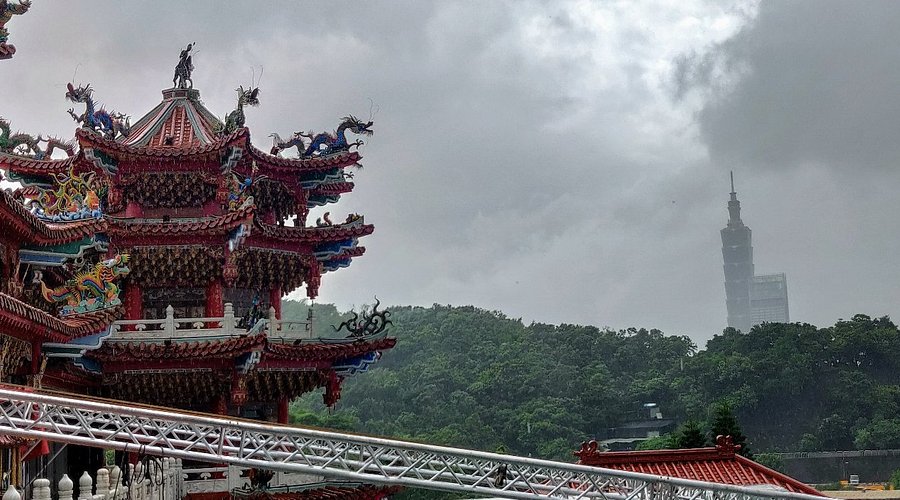
Songshan Temple Pagodas.
Architectural Marvels
The Songshan Temple Pagodas are characterized by their intricate designs and craftsmanship:
-
Exquisite Carvings: The pagodas are adorned with exquisite carvings depicting various Buddhist deities, floral motifs, and mythical creatures, which serve as a visual narrative of the stories and teachings of Buddhism.
-
Pagoda Structures: The multi-tiered pagoda structures not only serve religious purposes but also have practical significance, acting as watchtowers and storages for sacred relics. Their unique designs reflect the harmony between function and spirituality, a hallmark of traditional Chinese architecture.
Conclusion
The Songshan Temple Pagodas are more than just historical artifacts; they are living symbols of Chinese cultural identity and spirituality. Whether you’re exploring the tranquil grounds of the Shaolin Temple or marveling at the architectural splendor of the Songyue Temple, each visit is an invitation to connect with the profound legacies of the past. As you wander through these sacred sites, you become part of a story that has been woven through centuries, enriched by the legends and lives of those who have walked before you. So, prepare your spirit and embark on a journey that promises not only to enlighten but to inspire.
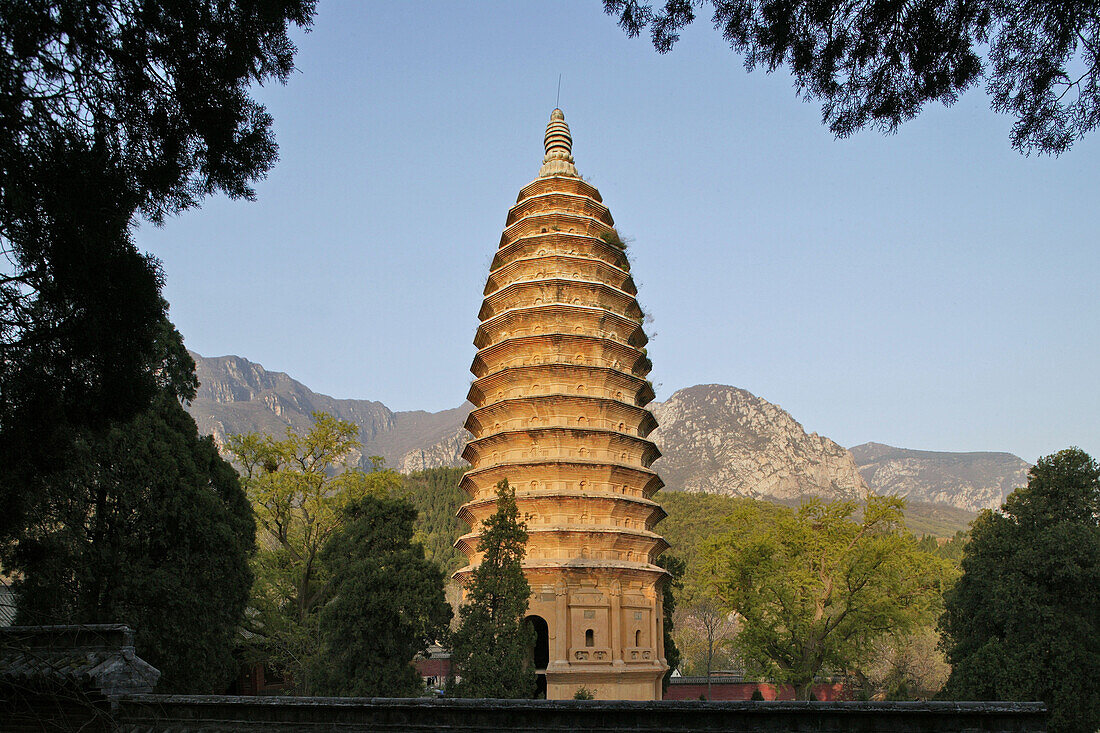
Songshan Temple Pagodas.
Main Highlights: What You Absolutely Can’t Miss
When exploring the Songshan Temple Pagodas, travelers are treated to a rich tapestry of history, culture, and spirituality. This area is home to some of the most significant and picturesque temples and pagodas in China, each offering a unique glimpse into the past and the deep-rooted traditions of Chinese Buddhism and Taoism. Here are the main highlights you absolutely cannot miss:
Shaolin Temple (少林寺)
Known worldwide as the birthplace of Shaolin Kung Fu, the Shaolin Temple is a must-visit for anyone interested in martial arts or Buddhist philosophy. This ancient temple dates back to the 5th century and is nestled in the scenic Songshan Mountains. Here, you can witness live martial arts demonstrations by monks, explore the serene grounds filled with ancient pagodas, and delve into the history of the Zen Buddhist practices that have shaped not only martial arts but also Chinese culture as a whole.
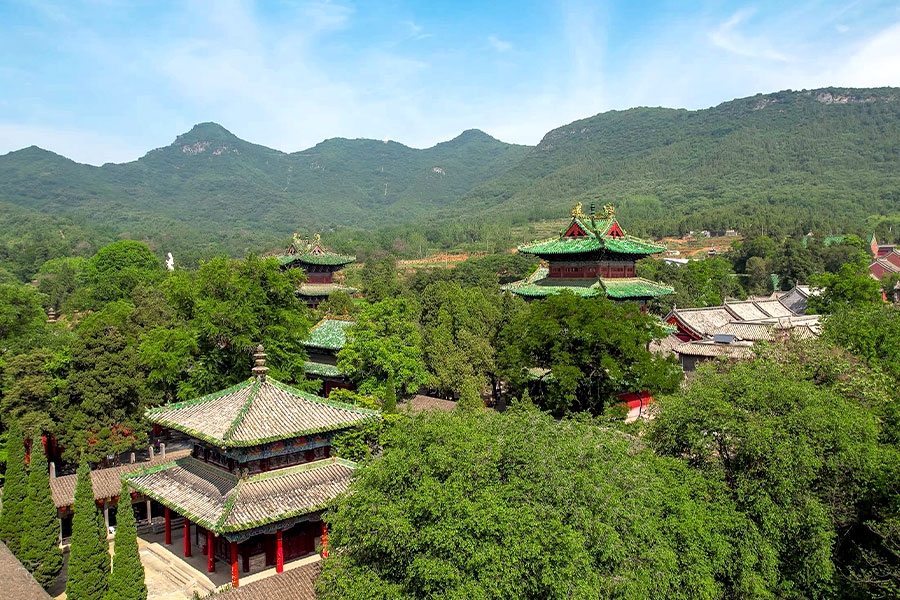
Songshan Temple Pagodas.
Pagoda Forest (塔林)
Adjacent to the Shaolin Temple, the Pagoda Forest boasts an impressive collection of over 240 stone pagodas, some of which date back to the Tang and Song dynasties. Each pagoda serves as a mausoleum for revered monks, and the intricate carvings and varying architectural styles present a fascinating insight into the evolution of Buddhist architecture. Strolling through this peaceful site provides a reflective experience, allowing you to appreciate the artistry and dedication of the past.
Songyue Pagoda (嵩岳寺塔)
The Songyue Pagoda, one of the oldest brick pagodas in China, is another highlight not to be missed. Constructed during the Northern Wei Dynasty, this octagonal pagoda rises to a height of 40 meters and is adorned with beautiful relief carvings. Climbing to the top rewards visitors with panoramic views of the surrounding mountains and valleys, making it a perfect spot for photography and contemplation.
Ciyou Temple (慈佑宫)
Located near the bustling Raohe Night Market, Ciyou Temple is dedicated to the goddess Mazu, the protector of seafarers. This vibrant temple is known for its ornate decorations, intricate wood carvings, and vibrant colors. At night, the temple is particularly enchanting, illuminated against the backdrop of the market’s lively atmosphere. It’s a wonderful place to witness local worship practices and to sample delicious street food nearby.

Songshan Temple Pagodas.
Songshan Cultural and Creative Park (松山文创园区)
For a more modern take on culture, visit the Songshan Cultural and Creative Park. This former tobacco factory has been transformed into a hub for arts and culture, hosting exhibitions, workshops, and performances. The park is home to various galleries and boutique shops, making it an ideal spot for picking up unique souvenirs and enjoying local art.
Tips for Your Visit
- Timing: Early mornings or late afternoons are best for avoiding crowds, especially at popular spots like the Shaolin Temple.
- Dress Code: Wear respectful clothing when visiting temples. It’s advisable to cover your shoulders and knees.
- Local Cuisine: Don’t miss the chance to try local delicacies at the nearby Raohe Night Market, famous for its pepper cakes and other street food delights.
- Photography: While photography is generally permitted, be mindful and respectful, especially during worship times.
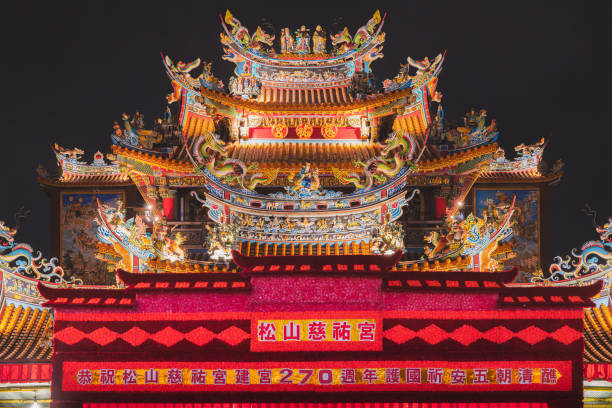
Songshan Temple Pagodas.
By immersing yourself in the history and culture of the Songshan Temple Pagodas, you will not only witness stunning architecture but also gain a deeper understanding of the spiritual practices that continue to thrive in this enchanting region.
Planning Your Visit: A Practical Guide
Your Essential Guide to Visiting the Songshan Temple Pagodas
Nestled within the breathtaking landscapes of Songshan, the Temple Pagodas, including the revered Shaolin Temple and the iconic Songyue Pagoda, offer an unparalleled glimpse into China’s rich history and spiritual heritage. Whether you’re a history enthusiast, a culture aficionado, or simply a curious traveler, your visit to these sacred sites can be both enlightening and enjoyable. Here’s how to make the most of your experience.
Getting There
Location:
The Songshan Temple Pagodas are located in Dengfeng, Henan Province, near the famous Shaolin Temple. This makes it easily accessible for visitors.
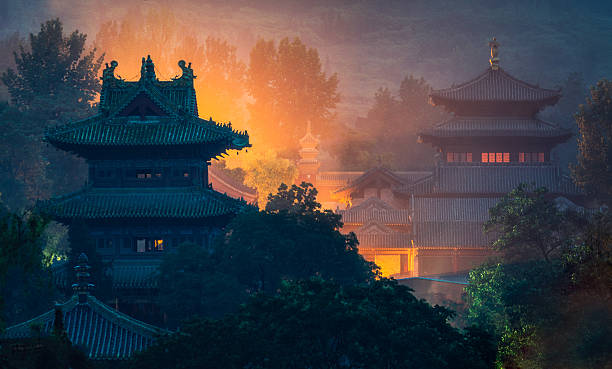
Songshan Temple Pagodas.
Transportation:
– By Air: Fly into Zhengzhou Xinzheng International Airport, which is approximately 1.5 hours away by car.
– By Train: High-speed trains connect Zhengzhou with Dengfeng, making it a convenient option for travelers.
– By Bus: Regular buses run from Zhengzhou to Dengfeng, providing an economical way to reach the area.
Best Time to Visit
- Season: The ideal time to explore the pagodas is during spring (April to June) and autumn (September to November), when the weather is mild and the natural scenery is at its best.
- Time of Day: Early morning or late afternoon visits are recommended for a quieter experience, and you’ll enjoy the soft lighting for photography.
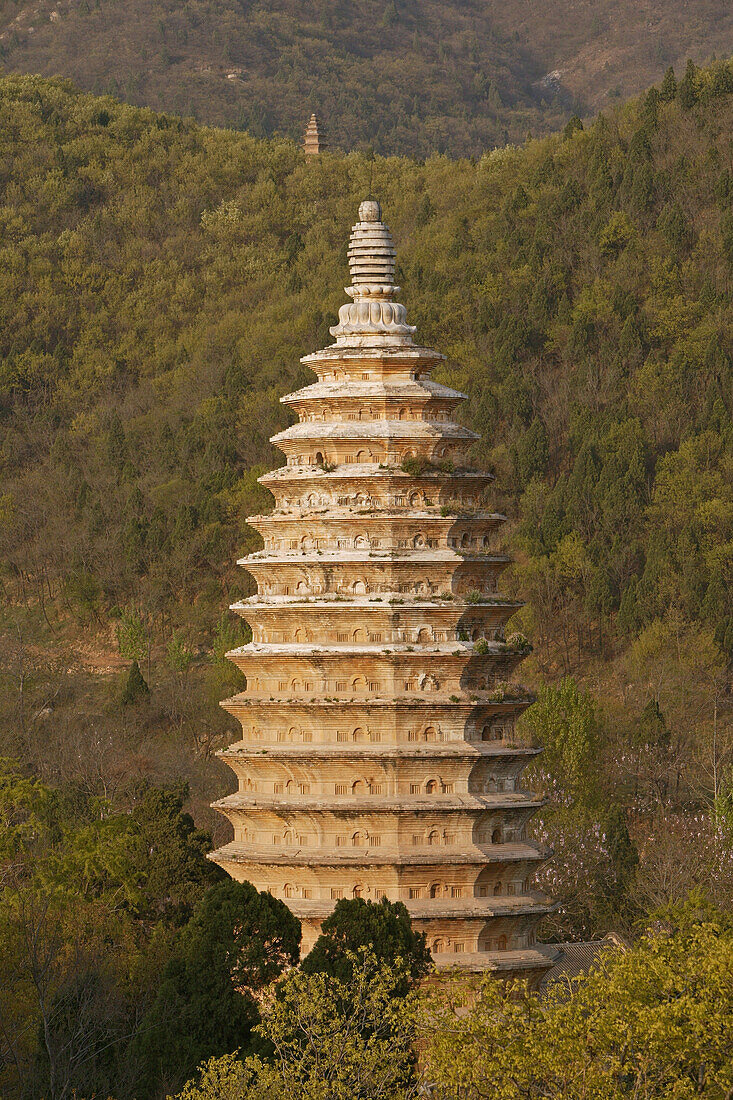
Songshan Temple Pagodas.
Opening Hours
- Shaolin Temple: Open daily from 6:00 AM to 6:00 PM.
- Songyue Pagoda and Other Pagodas: Generally open from 8:00 AM to 5:00 PM.
Note: Timings may vary slightly depending on the season, so check in advance.
Admission Fees
- Shaolin Temple: Approximately CNY 100.
- Songyue Pagoda: Around CNY 30.
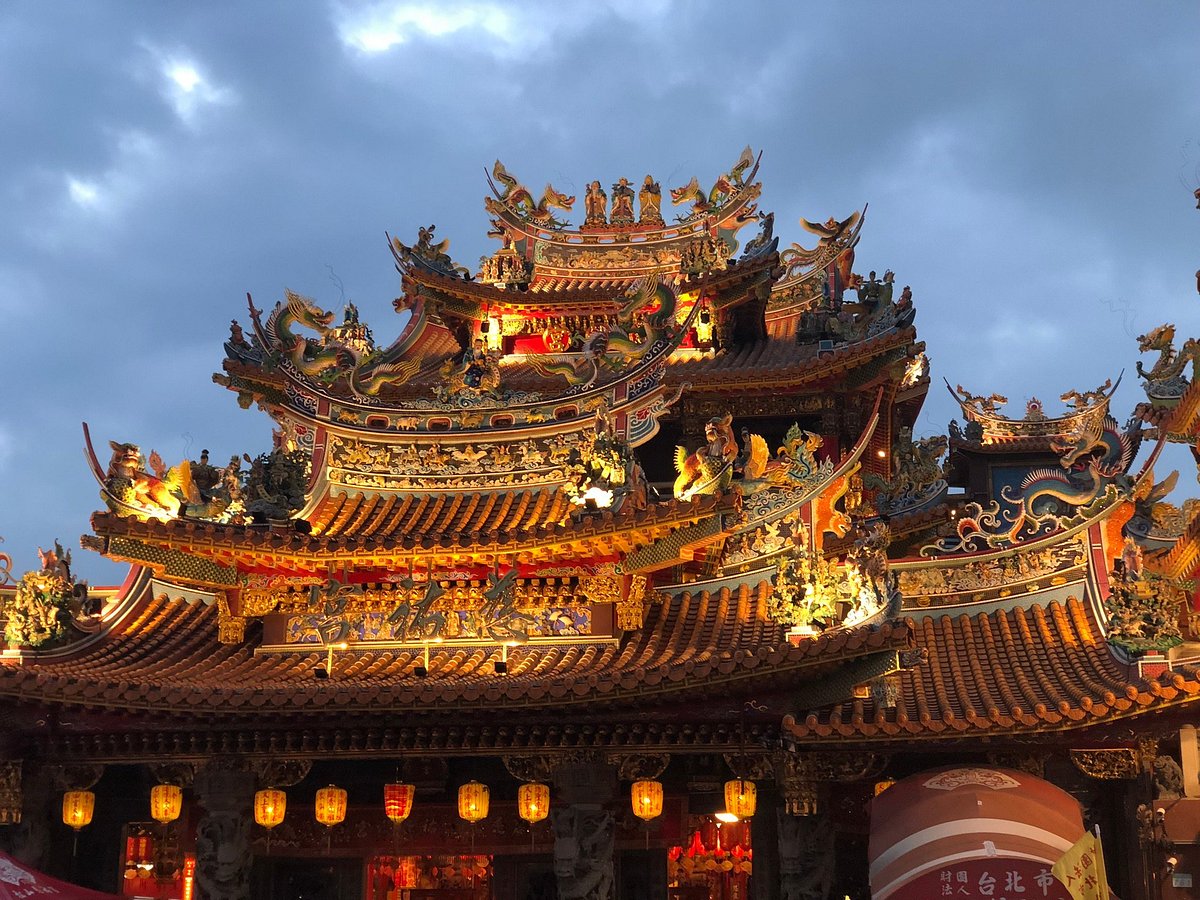
Songshan Temple Pagodas.
Tip: Consider purchasing a combined ticket if you plan to visit multiple sites, as it may offer discounts.
What to Wear
- Comfortable Shoes: Expect to do a fair amount of walking, especially if you plan to explore the pagodas and the surrounding grounds.
- Modest Clothing: As these are religious sites, it’s respectful to dress modestly. Long pants and sleeves are recommended.
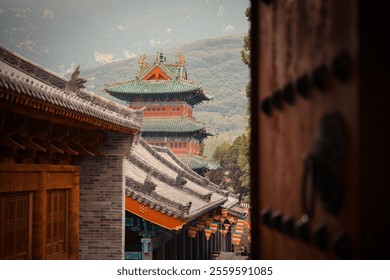
Songshan Temple Pagodas.
What to See
- Shaolin Temple: Famous for its association with martial arts and Chan Buddhism, the temple complex features stunning architecture and vibrant gardens.
- Songyue Pagoda: The oldest existing pagoda in China, offering a unique blend of Buddhist culture and historical significance.
- Other Pagodas: Don’t miss the intricate carvings and architectural styles that tell stories of ancient Chinese civilization.
Cultural Etiquette
- Respect Local Customs: Observe the local traditions, such as bowing before the statues and offering incense.
- Photography: Always ask permission before taking photos of worshippers or rituals. Most sites allow photography, but avoid using flash.
Nearby Attractions
- Raohe Night Market: After your temple visit, indulge in local street food and vibrant culture at this bustling night market. Famous for its pepper cakes, it’s a culinary delight just a stone’s throw away.
- Elephant Mountain: For those who enjoy hiking, the nearby Elephant Mountain offers stunning panoramic views of the area.

Songshan Temple Pagodas.
Dining Options
- Local Cuisine: Explore nearby restaurants offering traditional Henan dishes. Be sure to try local specialties like “Hu La Tang” (spicy soup) and “Dumplings.”
- Cafés: Several quaint cafés around the temple area provide a perfect spot to relax and enjoy a cup of Chinese tea.
Safety Tips
- Stay Hydrated: Bring a water bottle, especially during warmer months, as you will be doing a lot of walking.
- Health Precautions: Be mindful of health protocols and respect any guidelines in place at the temples.
With this guide in hand, your visit to the Songshan Temple Pagodas is sure to be a memorable journey through time, culture, and spirituality. Embrace the tranquility, immerse yourself in the history, and enjoy every moment of this unique experience in China. Safe travels!
Tickets: Prices, Booking, and Tips
When planning your visit to the Songshan Temple Pagodas, which include the revered Shaolin Temple and the historic Songyue Temple, you’ll want to ensure a smooth experience. Here’s everything you need to know about ticket prices, booking options, and tips for maximizing your visit.
Entrance Fees
General Admission:
Most of the temples and pagodas in the Songshan area, including the iconic Shaolin Temple, do not charge an entrance fee, allowing visitors to immerse themselves in the rich history and culture of these sites free of charge. However, certain special events or guided tours may incur a cost, so it’s wise to check ahead.
Booking Options
Advance Reservations:
While no advance booking is typically required for general visits, it’s advisable to reserve spots for specific guided tours to popular sites like the Shaolin Temple, especially during peak tourist seasons. Check their official websites or contact local tour operators for more information.
Guided Tours:
Consider joining a guided tour to enhance your understanding of the temples’ historical and cultural significance. Many tours can be booked online through reputable travel platforms or directly at local tourist information centers.
Tips for Your Visit
-
Timing: The best times to visit are early morning or late afternoon. These periods offer more tranquility and fewer crowds, allowing you to appreciate the intricate architecture and serene atmosphere.
-
Respect Local Customs: As these temples are active places of worship, it’s important to observe proper etiquette. Dress modestly, speak softly, and be mindful of those who are there to pray or meditate.
-
Photography: While photography is generally permitted, be respectful of worshippers and avoid using flash. Capture the beauty of the temples while allowing others their space.
-
Explore Nearby Attractions: After visiting the temples, take advantage of the proximity to the vibrant Raohe Night Market, where you can enjoy local dishes like the famous pepper cakes. The contrast between the tranquility of the temple and the lively market is a uniquely enriching experience.
-
Stay Hydrated: Depending on the time of year, temperatures can vary greatly. Carry water with you, especially if you plan to explore the outdoor areas.
By keeping these tips in mind, your visit to the Songshan Temple Pagodas will be both enjoyable and enriching, providing a deeper connection to China’s profound cultural heritage. Enjoy your exploration of this historical treasure!
How to Get There: A Complete Transportation Guide
Getting to Songshan Temple Pagodas: Your Comprehensive Transportation Guide
Visiting the Songshan Temple Pagodas provides a unique glimpse into the rich tapestry of Chinese history and culture. Nestled in the heart of Henan Province, these pagodas, including the renowned Shaolin Temple and Songyue Pagoda, are easily accessible through various transportation options. Here’s how to make your journey seamless and enjoyable.
By Air
The nearest major airport to the Songshan Temple Pagodas is Zhengzhou Xinzheng International Airport (CGO), approximately 70 kilometers away. This airport serves both domestic and international flights.
- From the Airport:
- Taxi: The most convenient option is to take a taxi, which will cost around 200 RMB and take about 1.5 hours depending on traffic.
- Airport Shuttle: Look for shuttle buses that connect to Zhengzhou city center; from there, you can catch a local bus or taxi to the pagodas.
By Train
Zhengzhou is well-connected by rail, making it easy to reach the Songshan Temple area.
- High-Speed Trains:
- Take a high-speed train to Songshan Shaolin Temple Station. These trains run frequently from major cities like Beijing and Shanghai, with travel times ranging from 4 to 6 hours.
-
Upon arrival, local taxis or buses can take you directly to the pagodas.
-
Regular Trains:
- If you’re on a budget, consider regular trains that run from cities like Xi’an and Luoyang. While slower, they offer a more local experience.
By Bus
Long-distance buses are another reliable option for reaching the Songshan area.
- From Zhengzhou:
- Buses to Dengfeng (the closest city to the pagodas) depart regularly from Zhengzhou’s main bus station. The journey takes about 1.5 hours and costs around 30 RMB.
- Once in Dengfeng, local taxis or shared vans can take you to the various temple sites.
Local Transportation
Once you arrive in the vicinity of the Songshan Temple Pagodas, navigating the area is quite straightforward.
- Taxis and Ride-Sharing:
-
Taxis are readily available and offer a quick way to get around. Ride-sharing apps like Didi are also popular and can provide English-language support for travelers.
-
Walking and Cycling:
- The pagodas are relatively close to each other. If you enjoy walking or cycling, consider renting a bike or simply strolling between the temples to soak in the scenic views.
Tips for Your Journey
- Plan Your Visit: The pagodas are open year-round, but it’s wise to check local holidays or events that may affect opening hours.
- Language: While many signs are in English, having a translation app can be helpful for communication with local drivers and vendors.
- Cultural Etiquette: Be mindful of the local customs and practices, especially when visiting the temples. Dress modestly and respect the sacred spaces.
With this transportation guide, you are well-equipped to embark on an enriching journey to the Songshan Temple Pagodas. Prepare to be captivated by the serenity and historical significance of these remarkable sites!
Local Cuisine and Accommodation Nearby
When visiting the magnificent Songshan Temple Pagodas, the experience is enriched by immersing yourself in the local cuisine and finding comfortable accommodation nearby. Nestled within the vibrant area, there are plenty of tantalizing food options and hospitable places to stay, ensuring your visit to this historical site is both satisfying and memorable.
Culinary Delights
1. Fuzhou Shizu Baked Pepper Bun
A mere 113 feet from the temple, this quick-bite eatery is famous for its piping hot, savory pepper buns. With a rating of 4.3 out of 5, it’s a local favorite that offers a burst of flavor in every bite. These buns are perfect for a quick snack before or after exploring the temple.
2. Thai Town Cuisine
For those craving a different flavor profile, Thai Town Cuisine (just a short 0.1-mile walk) presents a delightful menu of Thai dishes. Rated at 4.2, this restaurant provides a refreshing alternative for those looking to explore beyond traditional Chinese fare.
3. Host Shabu
If you’re in the mood for an interactive dining experience, Host Shabu is an excellent choice. Located about a mile away, this seafood and vegetarian-friendly establishment, boasting a stellar 4.8 rating, allows diners to cook their own ingredients in flavorful broths, providing a unique and enjoyable culinary experience.
4. Raohe Street Night Market
No visit to the area is complete without a stroll through the nearby Raohe Street Night Market. Just steps away from the temple, this bustling market offers a variety of street food, including the famous pepper cakes and local delicacies. The vibrant atmosphere, especially at night, makes it a must-visit for food enthusiasts.
Comfortable Accommodations
1. A Point Steak & Bar
This highly-rated steakhouse, located approximately 0.9 miles from the temple, combines a cozy atmosphere with an exquisite menu. With a perfect 4.9 rating, it’s an ideal spot for those looking to unwind with a hearty meal after a day of exploring.
2. Fresh & Aged Italian Steak House
For those who appreciate a fusion of flavors, this establishment is only 0.7 miles away and offers a delightful mix of Italian and steakhouse cuisine. Rated at 4.4, it serves a variety of delectable dishes that cater to diverse palates.
3. Babao Jia
Just a short distance away, this dessert cafe with a perfect 5-star rating is the perfect place to satisfy your sweet tooth. Enjoy a selection of traditional Asian desserts that are both delicious and beautifully presented.
4. WOOBAR
For travelers looking for a lively ambiance, WOOBAR, located about 1.1 miles from the temple, offers a vibrant bar scene with international cuisine options. Rated 4.8, it’s a great spot to relax and socialize after a day of sightseeing.
Summary
The area surrounding the Songshan Temple Pagodas is rich in culinary experiences and accommodation options that cater to various tastes and budgets. Whether you’re indulging in local street food at Raohe Night Market or enjoying a sit-down meal at one of the nearby restaurants, you’ll find that the flavors of this region are as captivating as its history. Coupled with comfortable places to rest, your visit to this remarkable cultural site will surely be one for the books.
Frequently Asked Questions
Frequently Asked Questions
1. What are the main attractions within the Songshan Temple Pagodas?
The Songshan Temple Pagodas comprise several significant sites, including:
– Shàolín Temple (少林寺): Renowned for its association with martial arts and Zen Buddhism.
– Songyue Temple Tower (嵩岳寺塔): An iconic pagoda offering stunning views and historical significance.
– Chuzuan An (初祖庵): A tranquil space dedicated to the founder of Zen Buddhism, perfect for reflection.
These sites collectively showcase the rich cultural and spiritual heritage of the region.
2. What is the best time to visit the Songshan Temple Pagodas?
The best time to visit is during early morning or late afternoon when the light is ideal for photography, and the temperatures are milder. Additionally, visiting during festivals or special events can provide a unique cultural experience, as many locals come to pray and participate in rituals.
3. Is there an admission fee to enter the temples?
Most of the temples within the Songshan Temple Pagodas are free to enter, allowing visitors to explore the sacred spaces and appreciate the architecture without any cost. However, some specific events or guided tours may have a fee, so it’s wise to check in advance.
4. Are there any guidelines for behavior while visiting the temples?
Yes, visitors are encouraged to:
– Dress modestly: It’s respectful to cover shoulders and knees.
– Maintain silence: Many visitors come for prayer, so keeping noise to a minimum is appreciated.
– Be respectful: Avoid touching any religious artifacts unless invited, and follow any posted guidelines.
5. Can I take photographs inside the temples?
Photography policies may vary by temple. Generally, taking photos of the exterior and non-religious activities is allowed, while some areas inside may prohibit photography. Always look for signage or ask a staff member if you’re unsure.
6. What should I wear when visiting the Songshan Temple Pagodas?
Comfortable, modest clothing is recommended. Since you may be walking around the temple grounds, wear comfortable shoes. If you plan to visit during cooler months, layering is advisable as temperatures can drop in the evening.
7. Are there nearby dining options after visiting the temples?
Absolutely! The area surrounding the Songshan Temple Pagodas boasts a variety of dining options. Whether you’re in the mood for traditional Chinese cuisine, street food, or international dishes, you will find something to satisfy your palate. Popular spots include local night markets where you can savor authentic Taiwanese snacks.
8. How can I reach the Songshan Temple Pagodas using public transportation?
Public transportation is quite accessible. The nearest metro station is Songshan Station, which is a short walk from the temples. Additionally, several bus routes serve the area, making it easy to plan your visit. Always check local transit apps or maps for the most current schedules and routes.
Final Thoughts on Your Trip
As your journey through the majestic Songshan Temple Pagodas comes to a close, it is clear that this destination offers more than just breathtaking architectural wonders. It serves as a profound gateway into the rich tapestry of Chinese history and spirituality.
Embrace the Experience
-
Cultural Immersion: Each pagoda and temple, from the revered Shaolin Temple to the tranquil Chuzu An, encapsulates centuries of beliefs, rituals, and traditions. You will leave with a deeper understanding of Buddhism and Taoism, two philosophies that have shaped not only the landscape but also the very essence of Chinese culture.
-
Vibrant Atmosphere: Whether you find yourself amidst the serene chants of monks or the lively energy of local worshippers, the ambiance here is both reverent and inviting. The interplay of light during the evening hours will illuminate not just the intricate carvings of the temples but also the spirit of the community that surrounds them.
-
Gastronomic Delights: Don’t forget to explore the nearby Raohe Night Market, where traditional Taiwanese street food awaits. Indulge in local delicacies, such as the famous pepper cakes, and experience the vibrant flavors that complement the spiritual journey you’ve undertaken.
Reflect and Share
As you reflect on your experiences, take the time to share your stories and discoveries with friends and family. The memories of the Songshan Temple Pagodas will not only enhance your understanding of Chinese history but also inspire others to embark on their own explorations.
A Journey Worth Taking
In closing, visiting the Songshan Temple Pagodas is not merely a sightseeing endeavor; it is a journey into the heart of a civilization that has thrived for millennia. As you depart, carry with you the lessons learned and the beauty witnessed, and may your travels continue to enrich your life and broaden your horizons.